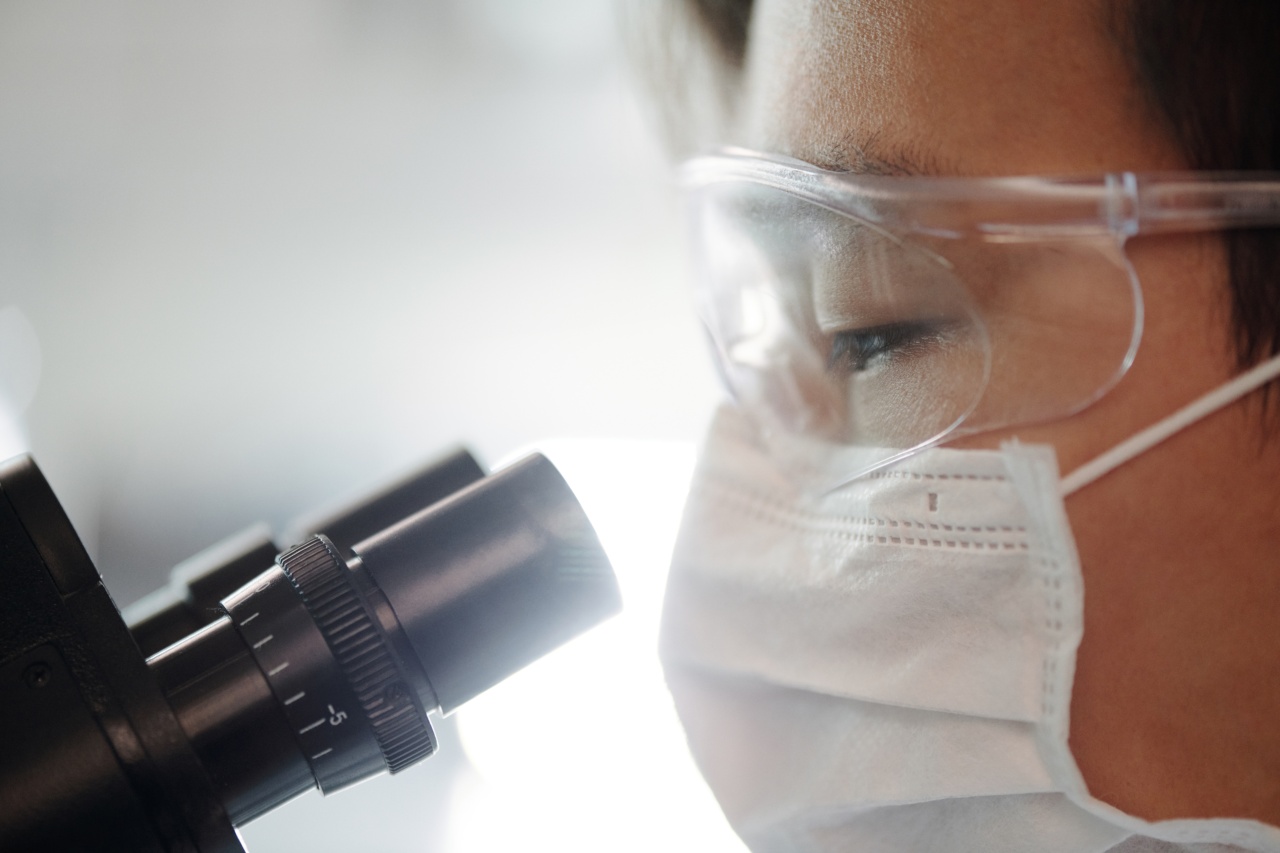Cancer, a relentless adversary that has plagued mankind for centuries, is responsible for millions of deaths worldwide every year. The key to defeating cancer lies in early detection, as it allows for prompt and effective treatment.
Traditional cancer screening methods, such as biopsies, mammograms, and colonoscopies, have saved countless lives, but they are invasive, expensive, and often uncomfortable. However, a groundbreaking blood test technology now offers hope by detecting more than 50 forms of cancer in a non-invasive and efficient manner.
The Marvels of Liquid Biopsies: A Game-Changing Approach to Cancer Diagnosis
Liquid biopsy, an innovative technique, is nothing short of a medical marvel.
Instead of relying on tissue samples, liquid biopsies analyze small fragments of genetic material, known as circulating tumor DNA (ctDNA), that cancer cells shed into the bloodstream. Developed in recent years, this revolutionary blood test technology has the potential to reshape the landscape of cancer diagnosis and treatment.
Improved Efficiency and Accuracy: Redefining Cancer Screening
One of the most significant advantages of this breakthrough technology is its ability to detect various types of cancer at an early stage, often before symptoms even manifest.
The high sensitivity and specificity of liquid biopsies make them exceptionally accurate in identifying cancerous mutations or alterations in the blood, offering a new approach to early cancer detection.
Rapid Diagnosis and Monitoring: Empowering Patients to Take Control
Traditional cancer diagnosis methods often involve waiting for days or even weeks before receiving results. However, liquid biopsies can expedite the diagnosis process significantly.
By providing rapid results, patients can promptly initiate suitable treatment plans, significantly improving their chances of survival and reducing the anxiety associated with waiting for news.
Beyond initial diagnosis, liquid biopsies have applications in monitoring the effectiveness of ongoing cancer treatment. By repeatedly analyzing ctDNA levels, doctors can evaluate tumor response and adjust therapies accordingly.
This real-time monitoring enables a personalized approach to treatment, optimizing patient outcomes.
Expanding the Reach: Overcoming the Limitations of Traditional Screening
Traditional cancer screening methods, while effective, have their limitations. Some tests are specific to certain types of cancer, while others require a physical tissue sample, limiting their application.
Liquid biopsies, on the contrary, have the potential to detect an extensive range of cancers. From lung and breast cancer to colorectal and pancreatic cancer, the broad applicability of liquid biopsies makes them a game-changer in cancer screening.
A Promising Future: Additional Benefits and Possibilities
Aside from the early detection and monitoring of cancer, liquid biopsies offer other significant advantages. For patients, this non-invasive technique eliminates the need for painful surgeries and reduces the risk of complications.
Moreover, liquid biopsies are cost-effective, making them accessible to a larger population. The simplicity of blood tests also enhances the compliance rates for regular screening, further increasing the chances of detecting cancer at its earliest stages, ultimately saving lives.
Furthermore, the potential of liquid biopsies extends beyond detection, as they can aid in cancer research and drug development.
Researchers can analyze ctDNA to identify new cancer biomarkers, explore genetic mutations, and develop innovative therapies. This invaluable tool propels advancements in precision medicine, fostering hope for long-term cancer control.
Challenges and Future Outlook
While liquid biopsies hold immense promise, challenges still need to be addressed. The technology is relatively new, and its sensitivity and specificity may need further improvement to avoid false positives or negatives.
Additionally, the cost of liquid biopsies must be reduced to make them widely accessible and affordable for everyone.
Looking ahead, the future of cancer diagnosis and treatment appears brighter than ever. With ongoing research and technological advancements, liquid biopsies have the potential to become an integral part of routine cancer screening.
Early diagnosis will become the norm, and the battle against cancer will be fought on increasingly favorable grounds.
Conclusion
The revolutionary blood test technology of liquid biopsies represents a paradigm shift in cancer diagnosis and treatment.
By detecting more than 50 forms of cancer in a non-invasive, efficient, and cost-effective manner, liquid biopsies have the potential to save countless lives. This breakthrough technology provides hope to millions of individuals worldwide.
As time progresses and this method becomes further refined, we can anticipate a future where the early detection of cancer is commonplace, empowering individuals and transforming the fight against this devastating disease.


























